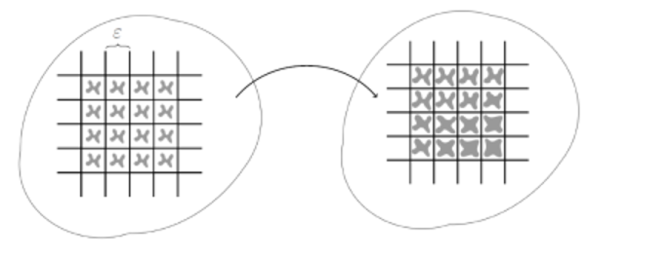Multiscale Analysis of Phase Transformations in Thermoelasticity
Phase transformations play an important role in structural mechanics but are often difficult to track and describe. How can we identify and effectively model the way in which phase transformations at the microscale influence the macroscopic properties of materials like steel?

We want to investigate multiscale mathematical problems where internal surfaces evolve with respect to time and space. This can happen at small unobservable spatial scales, where the evolving surfaces are contact interfaces between microscopic material phases. A prime example is the modeling of microstructural changes in steel (e.g. Bainite formation from Austenite). Other examples leading to the same class of mathematical problems include swelling of porous media, growth of tumors, and thawing of glaciers/permafrost.
As the scale heterogeneity renders numerical simulations prohibitively expensive, one must identify simplified models that are still able to capture the material behavior. The main objectives of this project are to
- develop a general mathematical framework for rigorously connecting different scales for models involving moving surfaces,
- design multiscale numerical schemes to simulate and validate the produced models.
This project is financed the European Union’s Horizon 2022 research and innovation program under the Marie Skłodowska-Curie fellowship project MATT (project nr. 101061956)


